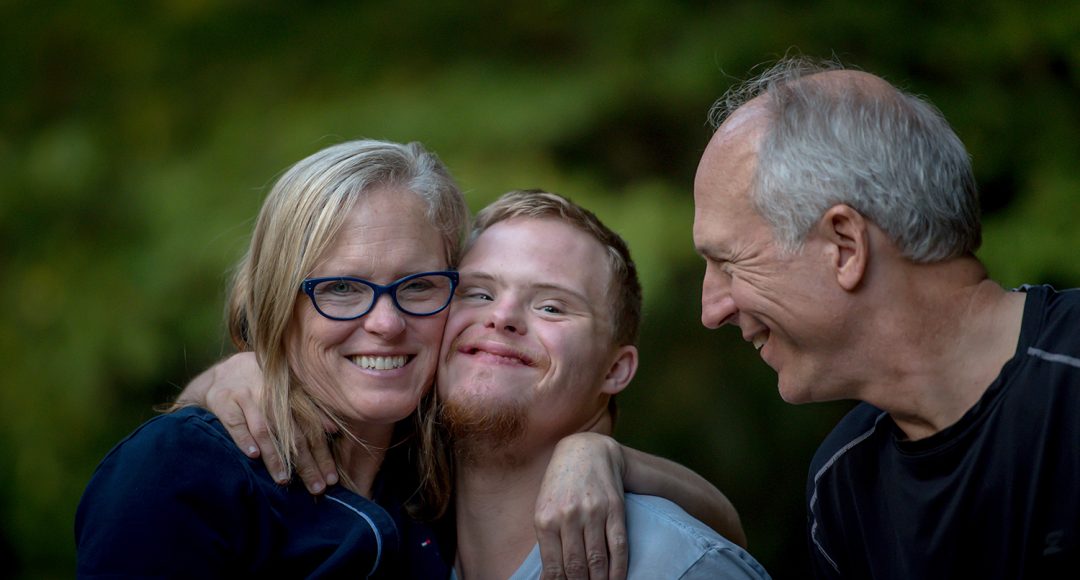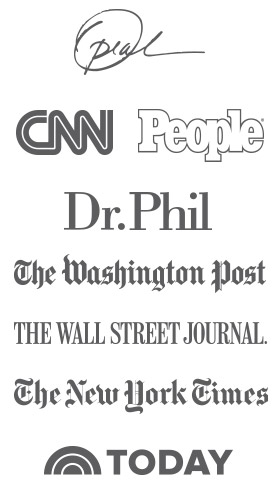
This post first appeared on RightAboutMoney.com
I have always been a saver. I was raised to think about money and my financial future. And today whenever I hover over a shiny new purchase, I remind myself that I do not want to be waiting tables as a 75-year-old. This singular image keeps me focused. I suspect most Americans do not save more because there is no such image, or motivation, in front of them. They are not able to picture their future self, and they feel invincible. They will save…next year. YOLO is the battle cry today. When the inevitable “rainy day” arrives, it catches them by surprise.
In this sense, people with disabilities and their supportive families have a leg up. It’s not one any of us would wish for. But these people are driven to save earlier because the rainy day is always there. They have large and unusual expenses on a regular basis. They know they have needs not covered by government benefits. And they do not require any helpful images to spur saving—only programs that make it easier.
Since December 2014, people with disabilities have enjoyed expanded ability to save in tax-advantaged accounts. Even though the provision is two years old, it is not widely understood and used. For example, only 15 states make the special accounts available. But since 2015, any disabled person is now free to enroll in any state’s program provided that the program is accepting out-of-state residents.
Before the federal Achieving a Better Life Experience Act (ABLE), special savings accounts for the disabled were capped at $2,000 a year before eroding certain government benefits. ABLE expanded that limit to $14,000 a year.
An ABLE account works like a college or health savings account, allowing people with disabilities to fund essential expenses with tax-advantaged savings. Qualified individuals can save up to $100,000 in ABLE accounts without risking their Social Security benefits. If an ABLE account ever exceeds $100,000, Social Security payments are suspended until the balance has been spent down below that threshold.
This is critical information for anyone with a disability, their families, and community leaders and educators in a position to help or advise. The ABLE National Resource Center is a good first stop for anyone looking to open an account. The center has an online tool that allows you to compare state plans and better understand who can contribute, and the expanded contribution allowances and consequences.
ABLE accounts allow people with disabilities to take better care of their financial future—and not be among the one in three Americans with $0 saved for retirement.
If you or your students, family, or other charges aren’t eligible for this tax-advantaged savings vehicle—count your blessings, first. But get the message. Don’t wait for a reason to encourage saving to hit you square in the face. Try seeing yourself like I do: waiting on tables at 75. Care for dessert?




Leave a Comment